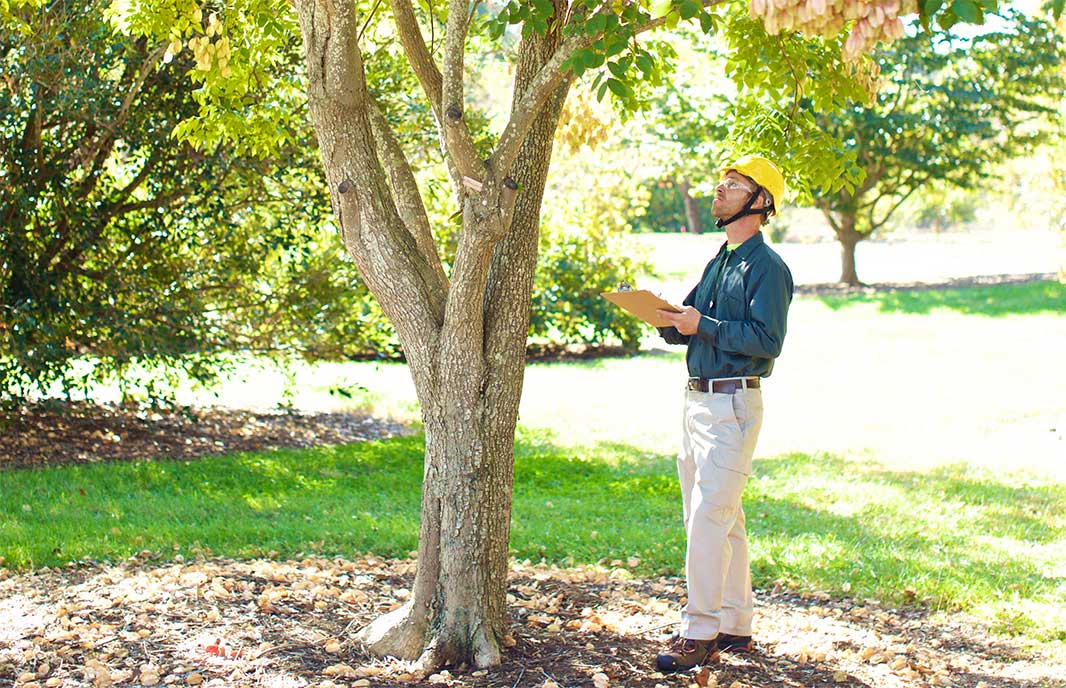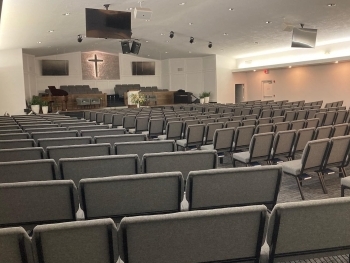As the storm season approaches, it's crucial to prioritize the safety of your property and loved ones. One often-overlooked aspect of storm preparedness is hazard tree assessment. A seemingly healthy tree can pose a significant risk during severe weather, especially if it's structurally compromised. By conducting a thorough hazard tree assessment, you can identify potential dangers and take proactive measures to mitigate them.
What is a Hazard Tree Assessment?
A hazard tree assessment in Vancouver WA is a detailed inspection of trees on your property to determine their health, stability, and potential risks. This assessment involves evaluating factors such as:
- Structural Integrity: Are there any visible signs of decay, disease, or insect infestation?
- Leaning: Is the tree leaning significantly, indicating potential instability?
- Cavities: Are there any cavities in the trunk or branches that could weaken the tree?
- Root System: Is the root system healthy and well-anchored?
- Branch Weak Points: Are there any weak or dead branches that could break off during a storm?
- Location: Is the tree located near structures, power lines, or other areas where falling debris could cause damage or injury?
Why is a Hazard Tree Assessment Important?
A hazard tree assessment is essential for several reasons:
- Property Protection: A falling tree can cause significant damage to your home, outbuildings, vehicles, and other property.
- Personal Safety: Falling branches or entire trees can injure or even kill people.
- Insurance Claims: A proactive hazard tree assessment can help you avoid insurance claims related to storm damage.
- Peace of Mind: Knowing that your property is safe from potential tree-related hazards can provide significant peace of mind.
How to Conduct a Hazard Tree Assessment
While it's recommended to hire a certified arborist in Vancouver for a professional assessment, you can conduct a basic inspection yourself by following these tips:
- Visual Inspection: Look for any obvious signs of decay, disease, or insect damage.
- Check for Cavities: Use a screwdriver or probe to check for cavities in the trunk and branches.
- Assess Root Health: Look for exposed roots or signs of root rot.
- Evaluate Leaning: Check if the tree is leaning significantly.
- Inspect Branches: Look for dead, dying, or weak branches.
- Consider Location: Assess the proximity of the tree to structures and power lines.
When to Hire a Professional Arborist
If you notice any concerning signs during your self-assessment or if you have any doubts, it's best to consult with a certified arborist. An arborist can provide a comprehensive assessment and recommend appropriate actions, such as pruning, cabling, or removal.
Taking Action Based on the Assessment
Once you have a thorough understanding of your trees' health and potential risks, you can take the following actions:
- Pruning: Remove dead, diseased, or weak branches to improve the tree's overall health and reduce the risk of falling debris.
- Cabling and Bracing: Use cables and braces to support weak branches or reinforce the tree's structure.
- Removal: If a tree is severely damaged or poses an imminent threat, removal may be the best option.
By taking proactive steps to assess and address potential hazards, you can significantly reduce the risk of property damage and personal injury during the upcoming storm season. Remember, a well-maintained landscape is a safe landscape.




